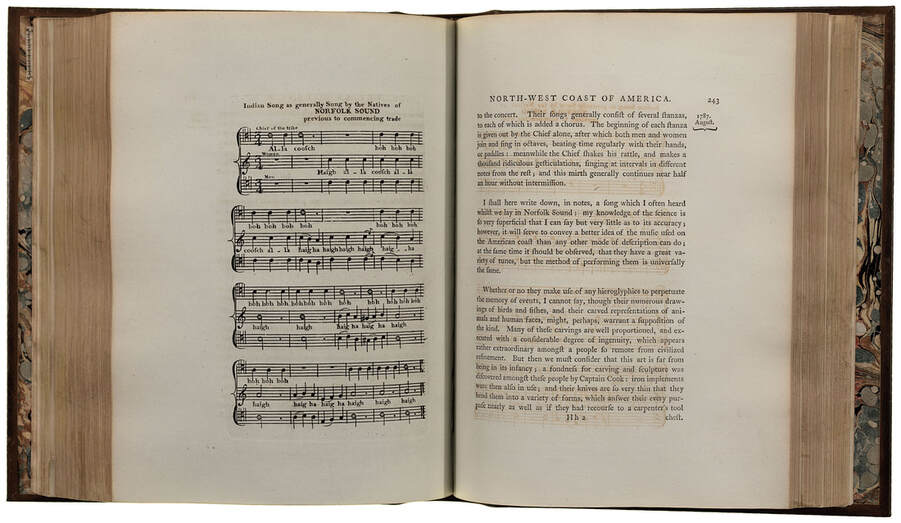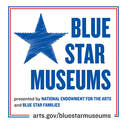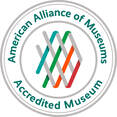Captain George Dixon
A Voyage Around the World; But More Particularly to the North-West Coast of America: ... Captains Portlock and Dixon
London 1789
A Voyage Around the World; But More Particularly to the North-West Coast of America: ... Captains Portlock and Dixon
London 1789
This volume published in London by George Goulding in 1789 is from the first edition and is one of a small number of copies published on thick paper with some of the natural history plates colored by hand. The signature of the first owner, John Peachey, dated 1792, is at the top of the title page.
In London, a group of merchants led by Richard Cadmon Etches, of 38 Fenchurch Street, formed a company to participate in the recently established trade in furs from the North American coast that was inspired by reports from Captain Cook's third voyage. The merchants followed Cook's recommendations about ships and employed two veterans of Cook's third voyage. Nathaniel Portlock, who had been master's mate aboard the Discovery, was appointed captain of the 320-ton King George and the commander of the expedition. George Dixon, previously armorer on the Discovery, commanded the smaller, 200-ton Queen Charlotte. They left England in August 1785 and reached the mouth of Cook's River (later renamed Cook's Inlet), Alaska, after a stopover in the Hawaiian Islands, on 18 July 1786. They spent the rest of the summer sailing down the coast to Nootka Sound trading along the way. After wintering in the Hawaiian Islands, the traders returned to Alaska in March 1787 and there encountered John Meares' icebound vessel Nootka in Prince William Sound. His crew was short of supplies and greatly depleted by scurvy. In return for supplies and a supplement to his shorthanded crew, Meares agreed to leave the northwest coast and cease trading.
Portlock and Dixon continued trading, Portlock working the Alaskan coast and Dixon proceeding south for Nootka Sound, where he named Dixon's Entrance and the Queen Charlotte Islands. The furs were sold in Canton, China, and both ships, after a most successful voyage, arrived back in England by way of the Cape of Good Hope in the summer of 1788.
This account consists of a series of forty-nine letters signed W B. The writer was William Beresford, a Quaker who, says Dixon, "has been totally unused to literary pursuits, and equally so to a sea faring life." His letters, corrected by Dixon only on nautical points, make good reading and are an excellent source on the early days of fur trading. The title page notwithstanding, Dixon wrote only the introduction and the two appendixes, but he also contributed the large folding frontispiece map and four double-paged engraved maps. In addition to the engraved plates, there is a page of music recording an "Indian Song as generally sung by the Natives of NORFOLK SOUND previous to commencing trade".
In London, a group of merchants led by Richard Cadmon Etches, of 38 Fenchurch Street, formed a company to participate in the recently established trade in furs from the North American coast that was inspired by reports from Captain Cook's third voyage. The merchants followed Cook's recommendations about ships and employed two veterans of Cook's third voyage. Nathaniel Portlock, who had been master's mate aboard the Discovery, was appointed captain of the 320-ton King George and the commander of the expedition. George Dixon, previously armorer on the Discovery, commanded the smaller, 200-ton Queen Charlotte. They left England in August 1785 and reached the mouth of Cook's River (later renamed Cook's Inlet), Alaska, after a stopover in the Hawaiian Islands, on 18 July 1786. They spent the rest of the summer sailing down the coast to Nootka Sound trading along the way. After wintering in the Hawaiian Islands, the traders returned to Alaska in March 1787 and there encountered John Meares' icebound vessel Nootka in Prince William Sound. His crew was short of supplies and greatly depleted by scurvy. In return for supplies and a supplement to his shorthanded crew, Meares agreed to leave the northwest coast and cease trading.
Portlock and Dixon continued trading, Portlock working the Alaskan coast and Dixon proceeding south for Nootka Sound, where he named Dixon's Entrance and the Queen Charlotte Islands. The furs were sold in Canton, China, and both ships, after a most successful voyage, arrived back in England by way of the Cape of Good Hope in the summer of 1788.
This account consists of a series of forty-nine letters signed W B. The writer was William Beresford, a Quaker who, says Dixon, "has been totally unused to literary pursuits, and equally so to a sea faring life." His letters, corrected by Dixon only on nautical points, make good reading and are an excellent source on the early days of fur trading. The title page notwithstanding, Dixon wrote only the introduction and the two appendixes, but he also contributed the large folding frontispiece map and four double-paged engraved maps. In addition to the engraved plates, there is a page of music recording an "Indian Song as generally sung by the Natives of NORFOLK SOUND previous to commencing trade".






